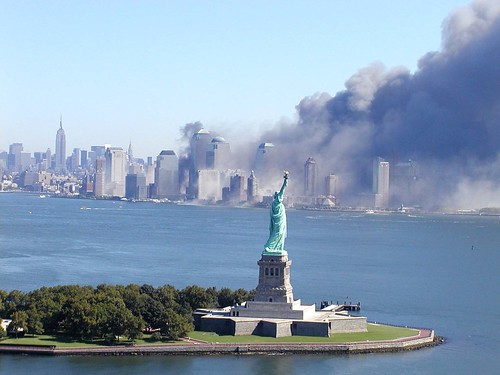
This article was originally published by War is Boring on 31 October 2016.
On Sept. 10, 2016, the U.S.-brokered a ceasefire with Russia and Syria in the besieged city of Aleppo. Although low-intensity fighting never really stopped, the ceasefire didn’t begin to fall apart until a week later, when U.S. aircraft mistakenly killed about 80 Syrian troops.
The killings heightened tensions between the United States and Russia, who had agreed to the ceasefire with the aim of negotiating a combined effort against Islamic State and Al Qaeda-linked fighters. By Sept. 21, the ceasefire collapsed — and the following day, the Syrian government announced a new military offensive to retake Aleppo.
The offensive featured some of the most intensive ground combat and bombing of the entire war, costing hundreds of lives within the span of just a few days. The humanitarian cost on the ground was described by U.N. humanitarian chief Stephen O’Brien as “a level of savagery that no human should have to endure.”



